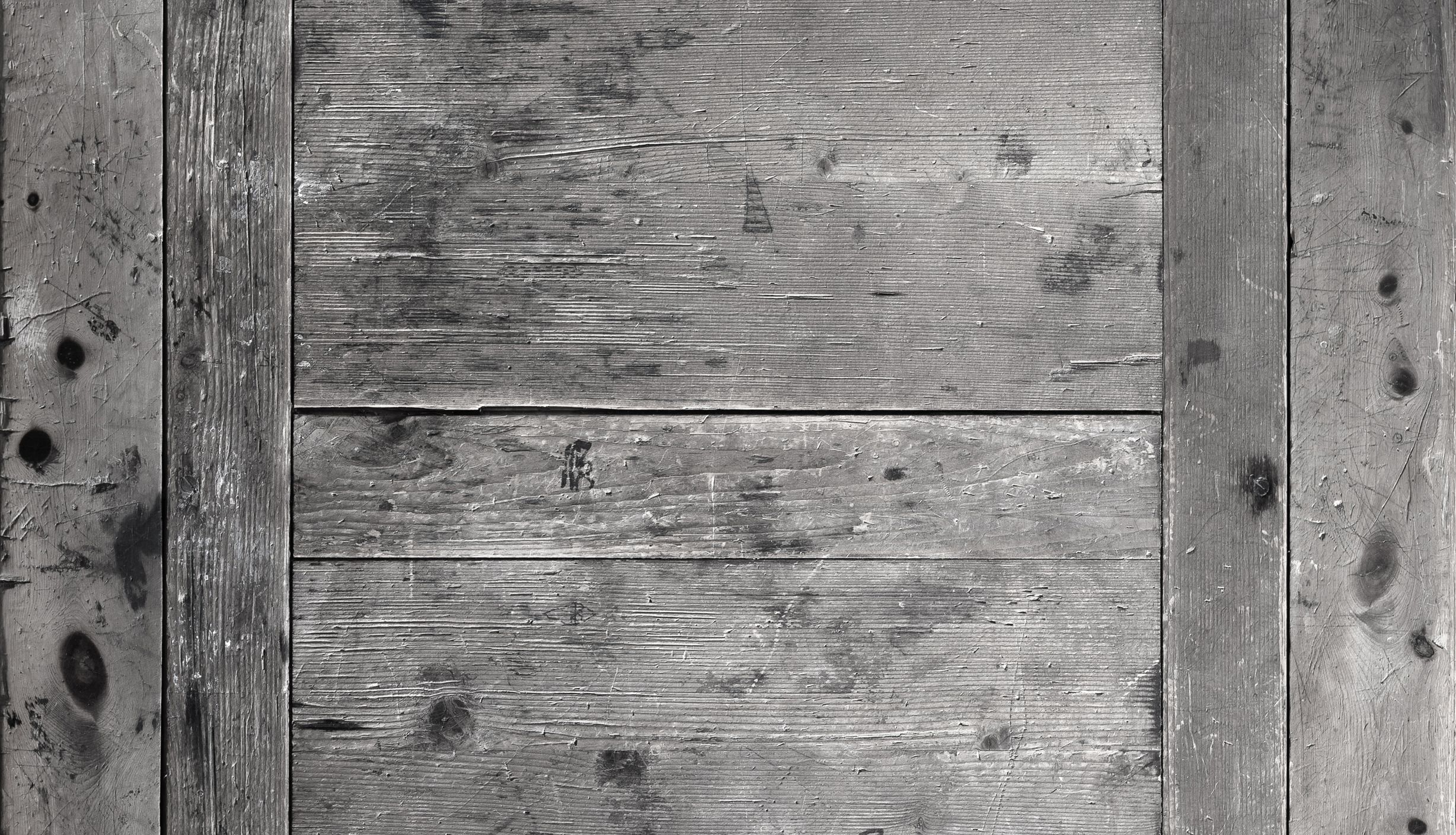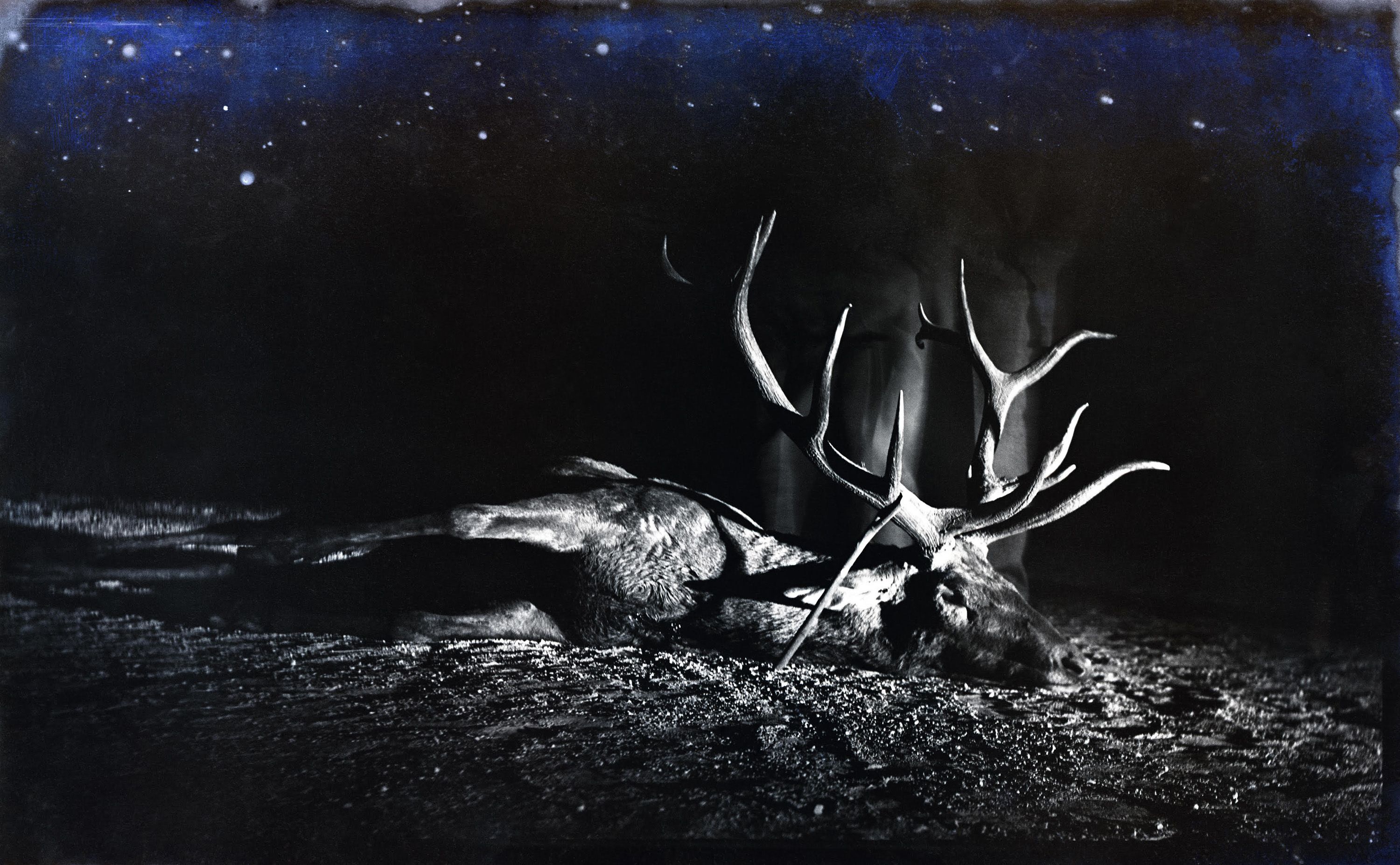Marcell Esterházy
Thin Film
| Venue: | acb Attachment |
| Date: | Sep 05 – Oct 17, 2025 |
| Opening: | Sep 04, 2025, 18:00–21:00 |
Description
After four years and a major retrospective, Marcell Esterházy returns to acb Gallery with his latest body of work, titled Thin Film.
In this exhibition, Esterházy undertakes a visual and conceptual exploration of the boundaries between visibility and invisibility, presence and disappearance. The term "thin film" in the title is not merely a scientific designation, but rather a metaphor, a material condition, and a theoretical statement. In its physical sense, a thin film refers to a microscopically thin layer of material, extended in two dimensions and almost imperceptible in the third. While it appears to be a technical term, in Esterházy’s interpretation it becomes charged with aesthetic and philosophical meaning: barely perceptible layers covering the world are transformed into metaphors for history, identity, memory, and the gesture of leaving traces. The exhibited works do not address the “crisis of facts” (as in his 2021 Factum exhibition at acb Gallery), but instead focus on the subtlest transitional zones of the material and mnemonic structures of the world—transparent, fragile, yet defining intermediary layers.
The exhibition operates as a kind of micro-archaeological analysis, not built on grand narratives but rather structured around remaining traces and finely articulated object-based stories. We can view this new show as an archive of material and temporal layers, where remnants of personal history delicately overlap with collective memory. Esterházy often works with personal objects, documents, and family archives, yet these never appear in a nostalgic manner. They are always reflective, alienated, and reinterpreted. Rather than “as found” ready-mades, the objects here are charged with new meaning—material and visual fragments that, placed in new contexts, generate new layers of meaning. Thin Film focuses—both conceptually and visually—on the liminal zones of material presence: When does an object become an artwork? A surface a memory? A trace a narrative? Each exhibited work appears in two versions, mirroring each other without being exact copies. This doubling is not merely a formal gesture but a critical statement about the nature of representation and memory: the past always returns distorted, edited, and echo-like.
Marcell Esterházy (1977) graduated from the Intermedia Department of the Hungarian University of Fine Arts in 2003. He began working with photography in Paris as a student of Lucien Hervé and spent over a decade living and creating in France. Through his photographs, installations, and video works, Esterházy places found objects and characteristic visual idioms in new contexts, drawing attention to the personal yet universal—and often contradictory—nature of our relationship to history.

